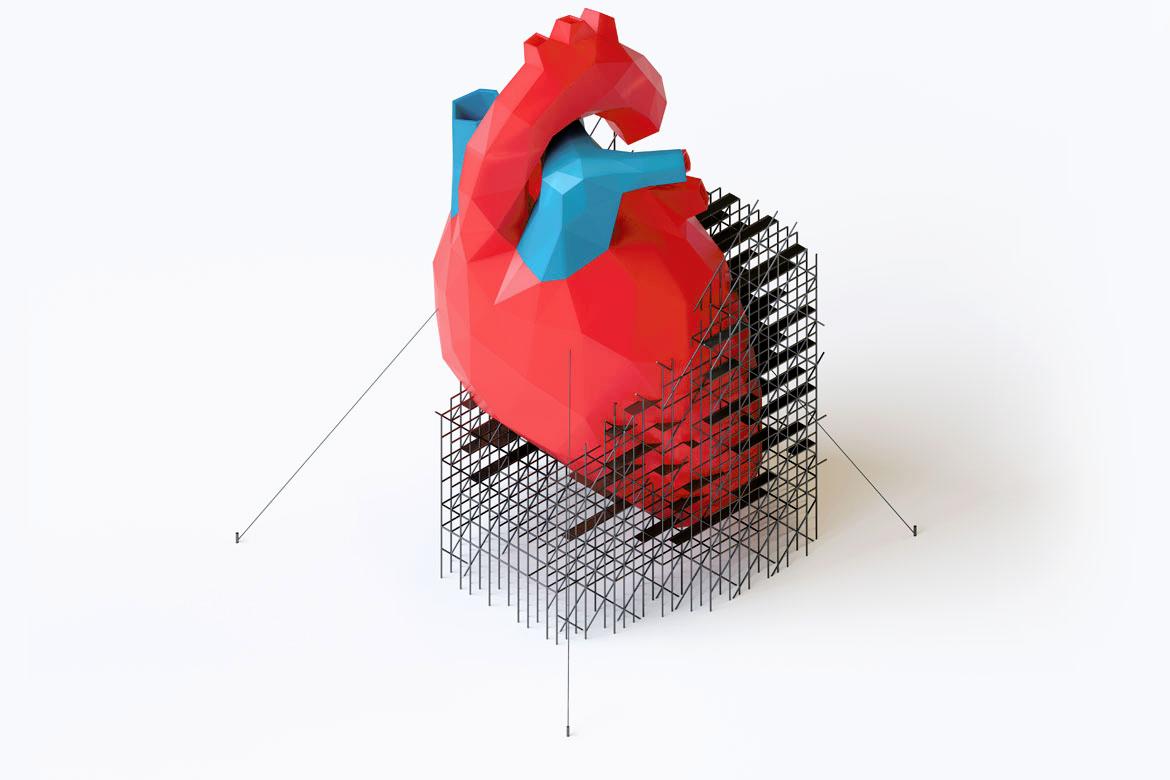-
-
Featured Care Areas

Peripheral Arterial Disease (PAD)
How is peripheral arterial disease (PAD) diagnosed?
Your doctor may use the following tests to diagnose PAD:
- Angiography, where your doctor traces the flow of the injected dye to locate any artery blockages using imaging techniques such as X-rays, magnetic resonance angiography (MRA) or computerised tomography angiography (CTA).
- Ankle-brachial index (ABI), a common test used to diagnose PAD, which compares the blood pressure in your lower legs with the blood pressure in your arms.
- Blood tests to check your cholesterol, triglyceride and blood sugar levels.
- Physical exam to check for signs such as a weak or absent pulse below a narrowed area of your artery or whooshing sounds over your arteries.
- Ultrasound tests, such as the Doppler ultrasound, allow your doctor to assess blood flow through your blood vessels and identify blocked or narrowed arteries.
How is peripheral arterial disease (PAD) treated?
Although there is no full cure for PAD, treatment can help to:
- Manage symptoms so that you can resume physical activities.
- Stop the progression of atherosclerosis to reduce your risk of heart attack and stroke.
A holistic course of treatment will include:
- Lifestyle changes, such as regular exercise and a healthy diet
- Quitting smoking
Medication
Your doctor may prescribe medicine to prevent blood clots, lower your blood pressure and cholesterol, and control pain and other symptoms. These include:
- Medication to control blood sugar levels if you have diabetes.
- Medications to relieve pain and other symptoms caused by PAD.
- Cholesterol-lowering medications (statins) to reduce fatty deposits in the arteries.
- Anti-hypertensive medications to lower your blood pressure if you have hypertension (high blood pressure).
- Anti-platelet medications to prevent blood clots and improve blood flow to your limbs.
Angioplasty and surgery
If medication is not enough to manage your PAD, your doctor may recommend angioplasty or surgery:
- Angioplasty (ballooning). In this procedure, a catheter with a tiny balloon attached at its tip is guided through a blood vessel to the blocked artery. Once the catheter is in place, the balloon is inflated, which stretches the artery open to increase blood flow. Peripheral angioplasty is similar to percutaneous transluminal coronary angioplasty (PTCA), although it is performed on different arteries.
- Bypass surgery. This surgery is recommended for people with severely narrowed or blocked heart arteries that are not suitable for angioplasty. Your surgeon will take a blood vessel from another part of your body or use a synthetic vessel and attach it to your peripheral arteries to create a new path of blood flow around the blockage. If more than one artery is blocked, you may need repeat bypass surgery.
- Thrombolytic therapy. If you have a blood clot blocking an artery, your doctor may inject medication through an intravenous line or a catheter to dissolve the clot.
This page has been reviewed by our medical content reviewers.
Need help?
For enquiries, please call
+65 6575 7575
For appointment bookings, please WhatsApp
+65 8111 9777








